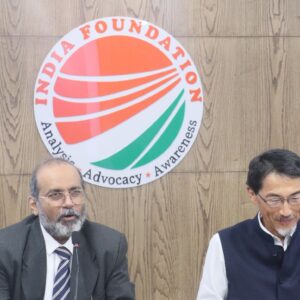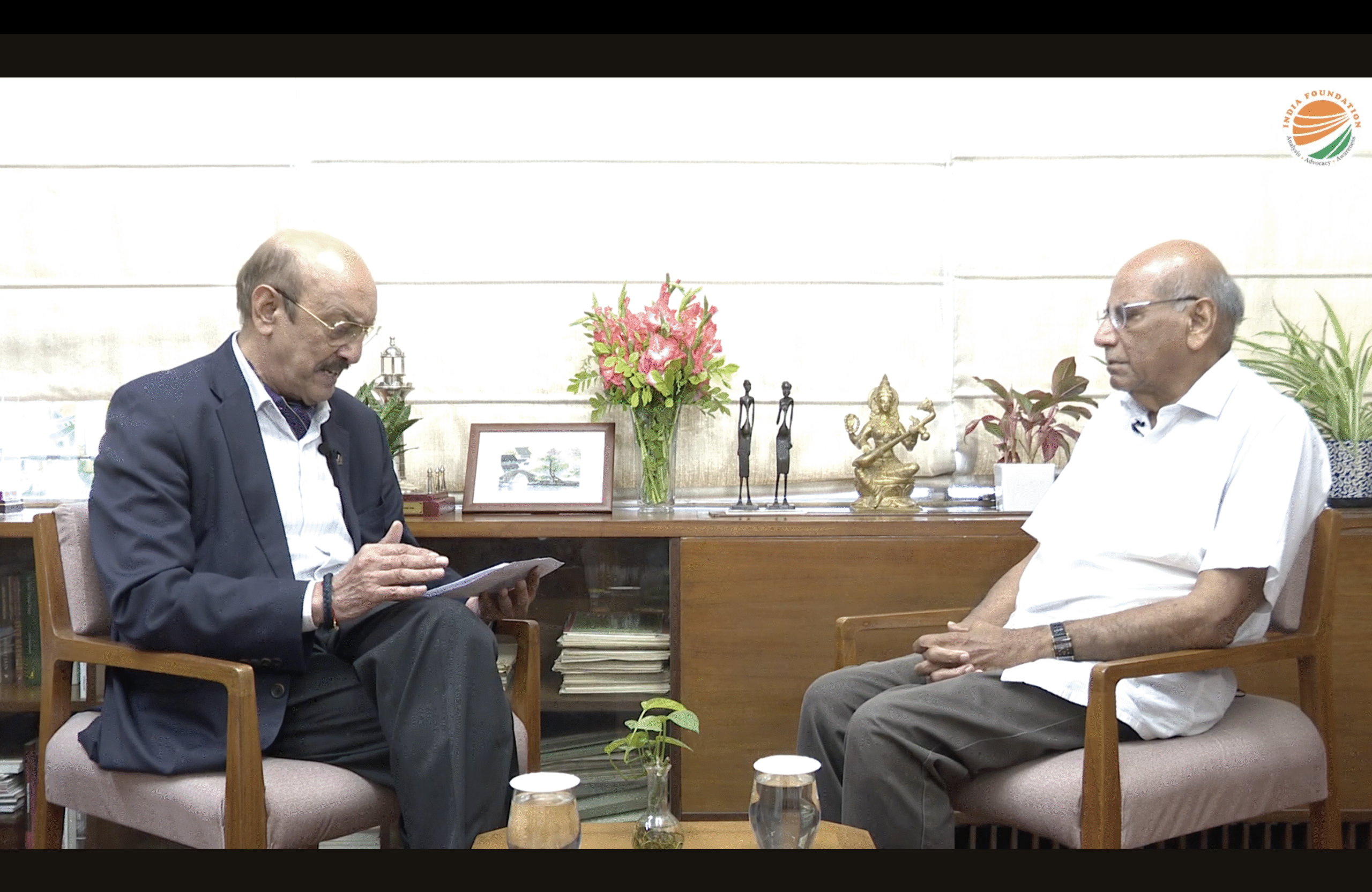The Pacific Forum and the India Foundation jointly convened the first iteration of the US-India Indo-Pacific Dialogue on the island of Kauai, Hawai’i on June 24-25, 2024. Over two days, participants discussed broad thematic issues and delved deeper into perennial challenges in the bilateral partnership and cooperation opportunities. The US Representative from Hawai’i’s First District, Ed Case, delivered keynote remarks on the first day of the dialogue. In the first session, Dr Ram Madhav, President, India Foundation and leader of the Indian Delegation and Dr David Santoro, President & CEO, Pacific Forum explained the purpose of the dialogue and rationale for having, in alternate years, a session in the Pacific Ocean (in Hawai’i) and a dialogue session in the Indian Ocean, in an Indian Ocean city; the next session will take place in India in early 2025. In a nutshell, there is an urgent need to build a new, professional, and especially outcome-oriented US-India relationship, one liberated from old, outdated reflexes and stigmas, and it is particularly important to reflect on and identify what the two countries can and should achieve in the Indo-Pacific, the world’s new centre of gravity.
Both leaders unanimously emphasized the importance of the following:
- US-India expanded cooperation in conventional security spheres and non-traditional security threats, such as technology, supply chains, and disaster relief efforts.
- Expanded and increased cooperation in third countries or regions, such as Pacific Islands and Indian Ocean islands.
- Reimagining the purpose of the Quad and its role in the region, including the scope for other mini-laterals and groupings. Concepts such as “heteropolar” emphasized the role of non-state actors in the shaping of world affairs. New trilaterals with Japan and Korea were singled out as having significant potential.
- Cold-War era relationships continue to play spoilsport, while not totally derailing the partnership. Minor blips occasionally surface in the relationship, and track-2 efforts have not sufficiently addressed them, even as top-level government-to-government diplomatic talks have worked hard to recenter the partnership. The need for new and expanded track-2 initiatives has become vital and topical.
- Both leaders advocated increased and coordinated engagement in the Indian and Pacific Ocean regions. There was emphasis on respecting existing relationships of the two nations in their supposed spheres of influence, i.e., the United States in the Pacific and India in the Indian Ocean.
The second session of the dialogue focussed on “U.S.-India Cooperation in the Pacific”. In the third session, “New Frontiers and New Challenges,” the focus was US-India technology cooperation, such as iCET and other multilateral cooperation mechanisms. The discussion focused on biotechnology, semiconductors, and advanced telecommunications. There needs to be a common understanding of terrorism and security threats in the Indo-Pacific; divergences in the designation of groups as terrorist (and not) could complicate the US-India relationship in the long term, even perhaps in the near term which was widely discussed in the fourth session on “Security Cooperation in the Pacific and Beyond”.
The fifth session on “US-India Relations in the Media” focused on the bilateral relationship’s engagement at the track-2 level in which the key takeaway was that there is a mismatch in approaches to the US-India partnership between track-1 and track-2. The former is generally enthusiastic and forward-leaning about the partnership, whereas the latter tends to be negative and, by and large, sceptical about further progress. On the Indian side, Charge d’affaires, Amb. Sripriya Ranganathan delivered her remarks on the second day, referencing the expanded cooperation between the United States and India in multiple areas, as well as with other regional partners.
In the final session, participants discussed the next steps for US-India engagement.
- While the two-day discussion covered several key aspects of the bilateral relationship, there was no dedicated engagement on climate change cooperation in the Indo-Pacific, or people-to-people ties. This is a gap that the next dialogue iteration should plug.
- The next dialogue iteration should have increased participation from development financing institutions, such as DFC, Asian Development Bank (ADB), and other multilateral institutions and representatives from the private sector.
- There was a consensus about bringing third nations as observers to the bilateral dialogue to increase awareness and enhance the discussion. It appeared especially important to do so in the Indian Ocean context.




